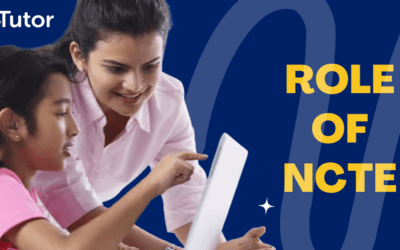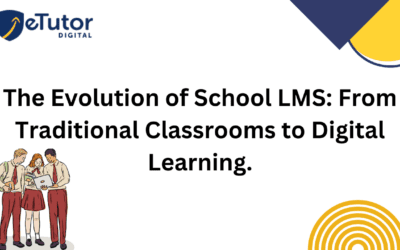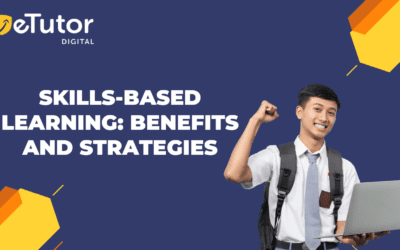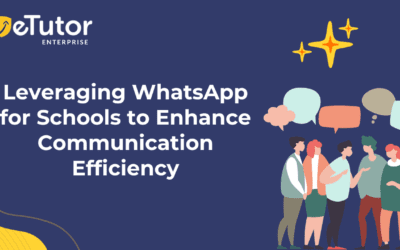7 Highly Effectiveness of Blended Learning | eTutor
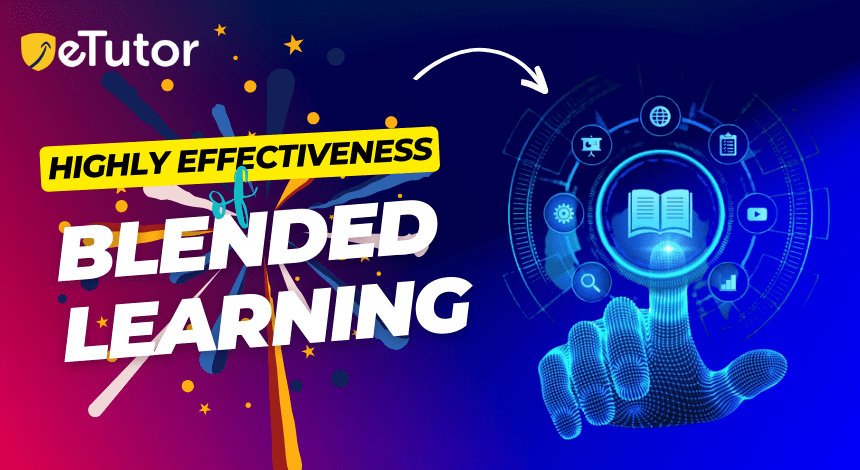
Because of the integration of technology, the world of education has undergone substantial development in recent years. Effectiveness of Blended Learning is one such innovative strategy that has gained traction.
An advantages of blended learning provides a distinct and effective educational experience by combining traditional face-to-face training with online learning components.
In this blog article, we will define effectiveness of blended learning and discuss why it has become a major changer in the field of education.
What is Effectiveness of Blended Learning
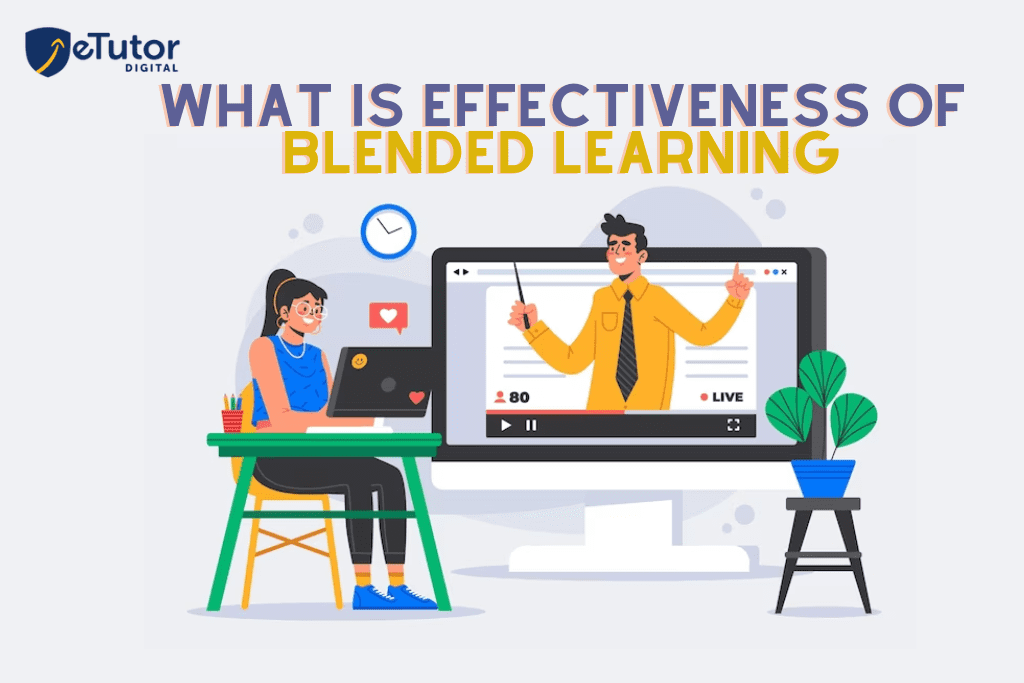
Blended Learning, also known as hybrid learning, is a type of education that mixes traditional classroom instruction with online learning activities. It offers a dynamic learning environment by combining the best of both worlds, taking use of the benefits of in-person interactions as well as the flexibility of digital technologies.
Why Blended Learning is so Effective
Effectiveness of Blended Learning often involves a mix of in-person lectures, collaborative group work, hands-on activities, and online assignments, assessments, or discussions.
1. Personalized Learning
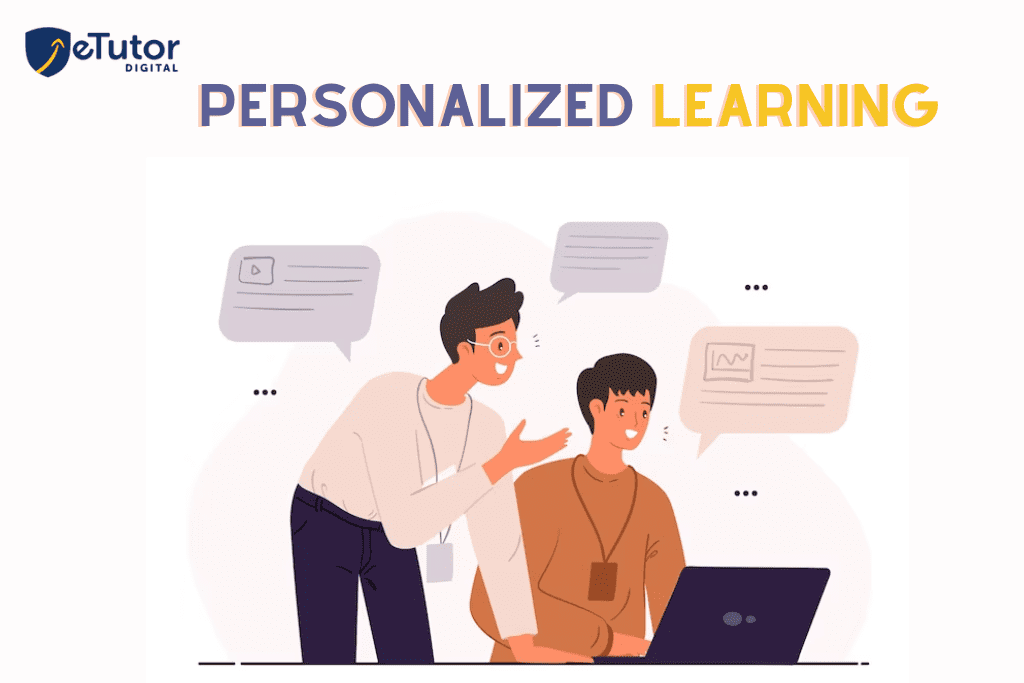
Effectiveness of Blended Learning enables educators to meet the different requirements of their students. Teachers can deliver individualized education and differentiate their approach based on each student’s learning style, pace, and interests by utilizing online platforms and resources.
This personalized learning experience increases student engagement and develops conceptual understanding.
2. Flexibility and Convenience:
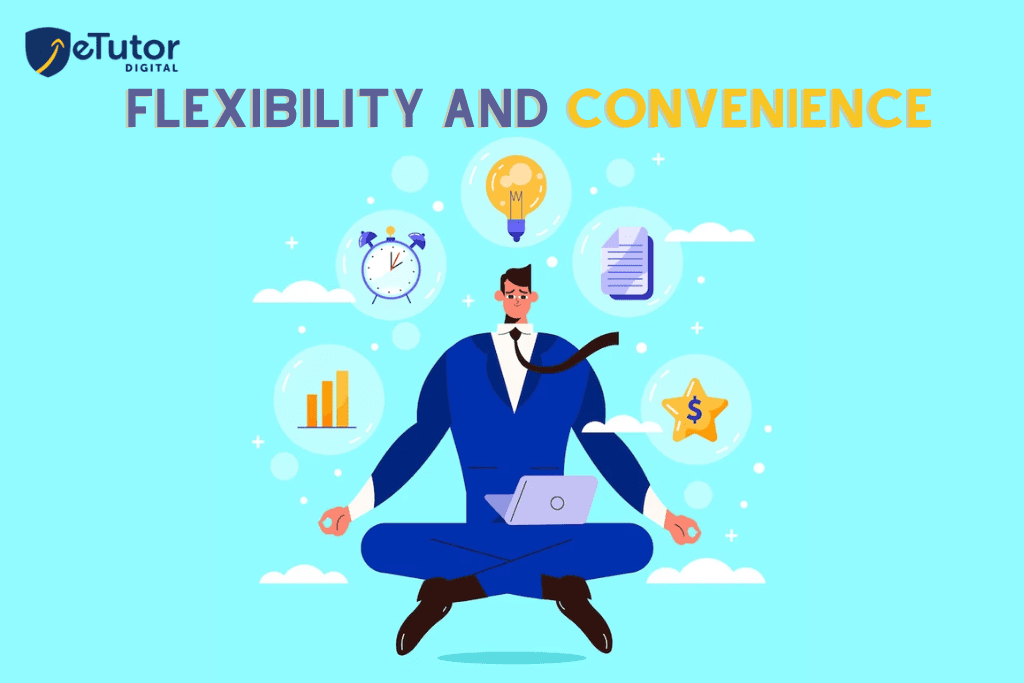
One of the most significant benefits of Effectiveness of Blended Learning is its adaptability. Students can access course materials, participate in conversations, and complete assignments at their own speed and in their own time.
This adaptability supports different learning styles and allows students to balance their academic endeavours with other obligations.
3. Enhanced Collaboration:
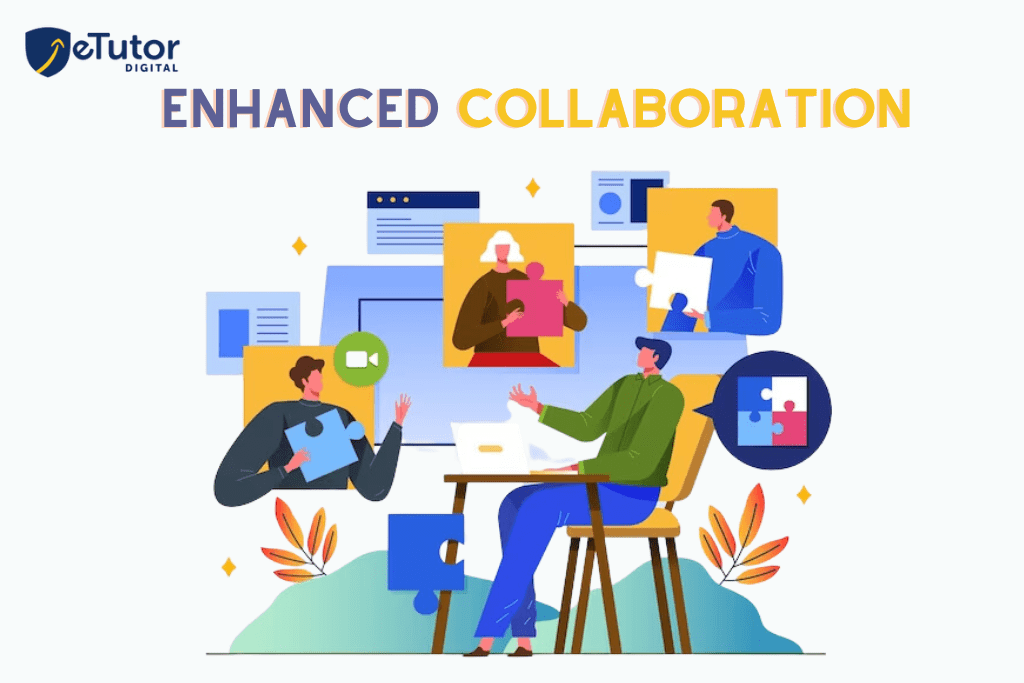
Effectiveness of Blended Learning encourages student collaboration and social engagement. Due to time limits, students in traditional classes frequently have limited opportunity to collaborate.
Online platforms promote virtual collaboration, discussion forums, and group projects in Effectiveness of Blended Learning, fostering peer-to-peer learning and promoting teamwork skills.
4. Multiple Interaction:
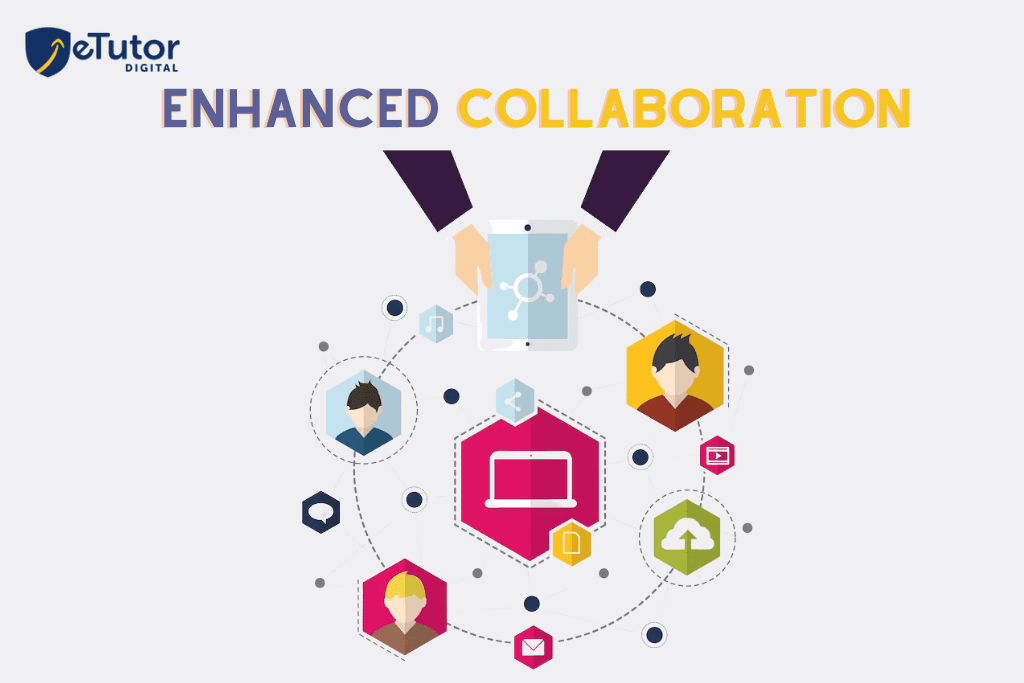
Effectiveness of Blended Learning extends the reach of educational materials beyond the restrictions of textbooks and physical classrooms by embracing digital resources. Students have access to a multitude of material, multimedia content, and interactive tools that improve their comprehension and engagement.
Furthermore, teachers can use online platforms to provide additional resources and immediate feedback to pupils.
5. Improved Access to Resources:

Effectiveness of Blended Learning allows educators to more easily collect and analyze data on student performance. Online platforms and learning management systems Consultant provide useful information on student progress, engagement levels, and opportunities for growth.
Teachers can use this data to modify their curriculum, identify struggling pupils, and adjust interventions to match individual needs.
6. Improved Literacy Skills:
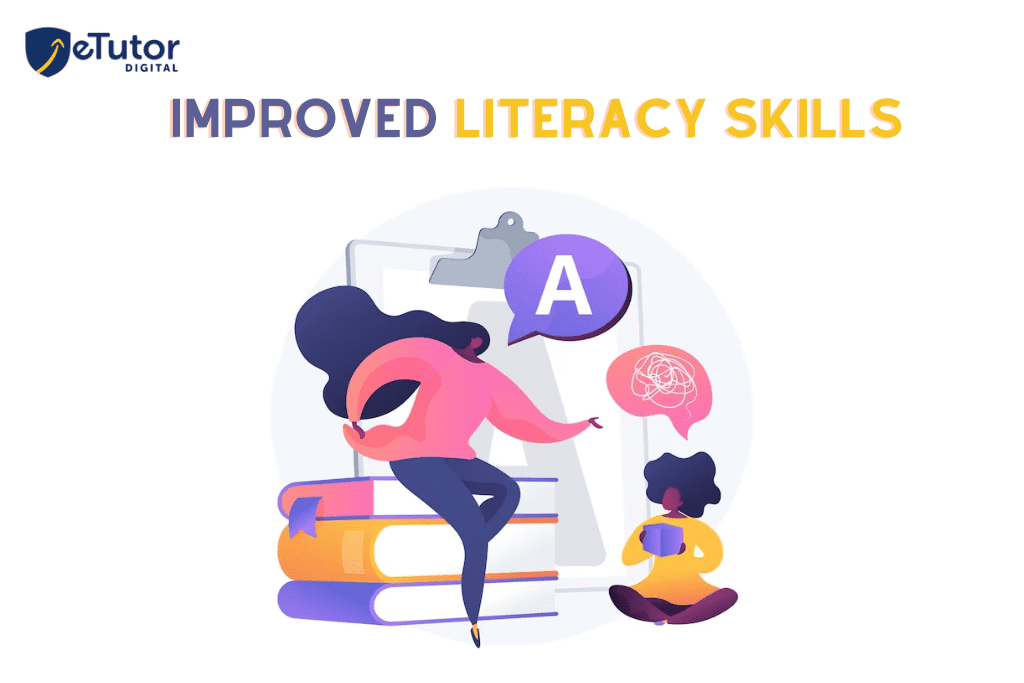
Effectiveness of Blended Learning provides students with critical digital literacy skills in an increasingly digital environment. Students gain proficiency in browsing digital resources, communicating online, and critically analyzing information by interacting with online platforms and tools.
These abilities are extremely valuable in today’s workforce and higher education contexts.
Conclusion:
Effectiveness of Blended Learning has evolved as a potent educational strategy that combines the advantages of in-person instruction and online learning. Its effectiveness stems from its capacity to personalize training, provide flexibility, encourage collaboration, provide access to a variety of resources, enable data-driven decision-making, and foster digital literacy skills.
As we continue to embrace the digital age, Effectiveness of Blended Learning has the ability to alter education and cultivate well-rounded learners prepared for success in the twenty-first century.
Frequently Asked Questions:
What is blended learning?
Blended learning is a teaching and learning strategy that mixes traditional in-person instruction with online and digital resources. To improve the learning experience, it combines in-person classroom activities with online components.
How effective is blended learning compared to traditional classroom teaching?
According to research, blended learning can be quite effective. It provides the benefits of personalization, flexibility, and access to a diverse set of resources. According to research, students in blended learning environments generally outperform those in traditional classrooms in terms of academic achievement and engagement.
What are the benefits of blended learning for students?
Blended learning offers students a more personalized learning experience that caters to their specific requirements and learning styles. Through interactive online information, it enables self-paced learning, rapid feedback, and enhanced engagement. It also encourages the development of digital literacy and self-directed learning skills.
How does blended learning benefit teachers?
Teachers can use effectiveness of blended learning to personalize lessons, track student progress more efficiently, and provide timely feedback. It can also assist teachers manage larger class numbers and differentiate education depending on individual student requirements. Online resources and technologies can also help with lesson planning and content distribution.
What challenges might arise in implementing blended learning?
Implementing effectiveness of blended learning can present challenges such as limited access to technology and internet connectivity, ensuring equitable opportunities for all students, training teachers in effectively integrating technology, and managing the transition from traditional to blended learning environments. Adequate support, resources, and infrastructure are essential to overcome these challenges.
How can the effectiveness of blended learning be maximized?
To maximize the success of effectiveness of blended learning, it is critical to provide opportunities for professional development for teachers, to provide continuing technical assistance, and to define clear learning objectives and expectations. To monitor student development and resolve any difficulties that arise, regular assessment and feedback systems should be in place.
Recent Posts
- How School ERP Software Maximizes Productivity and Minimizes Cost
- How Does ERP Software for Schools Help Educators?
- Why Educational Institutions Need Online Exam Software in 2025
- How Is AI-Based ERP Software Transforming School Administration?
- Latest IIT-JEE & NEET Exam Trends 2025 | Key Changes in JEE, NEET 2025 Exams By NTA

